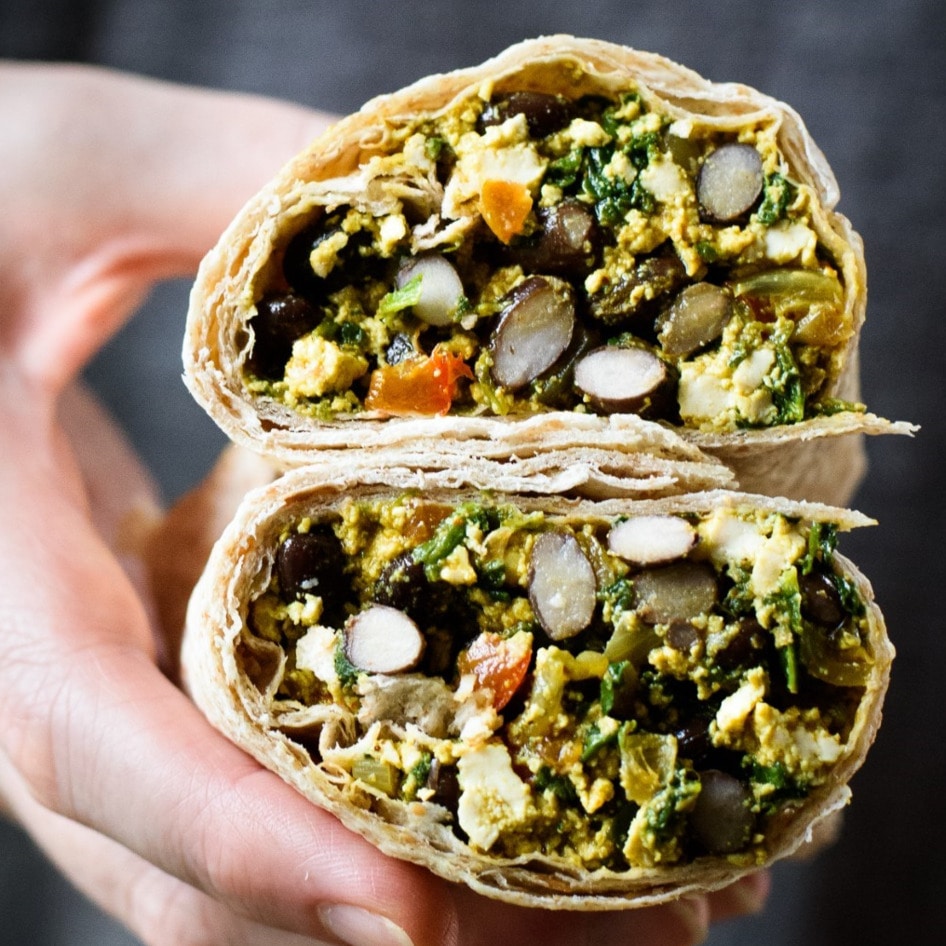The VegNews Guide to Macrobiotics
Interested in the much-touted benefits of macrobiotic living, but not sure where to start? Here’s a crash course on this healthy approach to a vegan diet.
January 20, 2016
Although macrobiotic diets are popular among celebrities, new-age gurus, and healthy-living experts, they have yet to be fully understood by the mainstream. This food regimen has inspired rave reviews from many people, claiming that it has the ability to prevent and cure a variety of diseases including cancer, as well as improve overall spiritual and physical well-being. Based on the ancient Asian principle of balancing yin and yang, macrobiotics emphasizes simplicity, the elimination of dietary toxins, and the restriction of processed foods. Here are the basics on seeking wellness and longevity through living macro.
Harmonious Health
The basis of macrobiotics is the overarching concept of achieving harmony and self-healing through pure foods, synthesizing ideas of Japanese Zen Buddhism, Greek philosophy, and Western vegetarian diets. The forefather of modern macrobiotics is George Ohsawa—he and his disciple Michio Kushi introduced the principle to the US in the 1950s, founded the world-renowned Kushi Institute, and established guidelines for the contemporary diet. Key goals of macrobiotics include longevity, abolition of disease, and optimal health through the balance of yin and yang—yin foods being cold, sweet, and passive, with their yang counterparts tasting salty, hot, and intense.
Ideal Proportions
Kushi devised a “Great Life Pyramid,” demonstrating the proportions of each type of food that the macrobiotic diet advocates. Followers of the diet are advised to consume 40 to 60 percent whole grains, such as brown rice, oats, millet, and barley; 20 to 30 percent vegetables, a mix of cooked and raw green leafy, round, and root veggies; 5 to 10 percent beans and legumes, including lentils, adukis, chickpeas, tofu, miso, and tempeh; and the remainder in pickles, sea vegetables, Asian condiments, and vegetable oils. Certain vegetables—such as potatoes, zucchini, avocado, tomato, eggplant, peppers, beets, and asparagus—are excluded. Occasionally, locally grown fruits, seeds, nuts, tea, and natural sweets may be enjoyed as well, but coffee, stimulant herbs, and sugary, fatty, and processed foods are ousted. Try these recipes to get in the macrobiotic mood:
Macrobiotic Rice Balls
Kuzu Noodle Salad with Sesame Dressing
Kale with Peanut-Mustard Dressing
Principles of Purity
In addition to being specific about food sources and proportions, the guidelines of macrobiotics include lifestyle components as well. Chewing food slowly and thoroughly to aid digestion and absorption of nutrients is strongly encouraged, as well as limiting meals to two to three times per day. Followers are also advised not to eat within three hours of going to bed, and to adhere to cosmetic and household products free of harsh chemicals. Even clothing is a part of the lifestyle, as metallic jewelry, synthetic fabrics, and excessive accessories are avoided, and all-cotton clothing is considered ideal. Cooking with microwaves and consuming vitamin supplements are also shunned, and the preferred materials for pots, pans, and utensils are wood, glass, ceramic, stainless steel, and enamel. And, in line with the overarching importance of purity and spirituality, food preparation and meals are to be consumed in a peaceful environment and with a relaxed, grateful state of mind. The Kushi Institute also suggests eating until you feel satisfied but not “full” in the commonly used sense, and to drink liquids only when thirst strikes.
Lessons for Living
In addition to food and clothing, macrobiotic principles extend into other areas of its followers’ lives. The Kushi Institute has a number of suggestions for achieving optimum personal wellbeing, including avoiding long, hot showers (which are believed to strip minerals from the body) and spending a generous amount of time outdoors if possible. Regular exercise is also encouraged, including walking, yoga, martial arts, and dance. To improve air quality in homes, indoor plants are bountifully used. Overall cleanliness and simplicity of décor is appreciated as well. Finally, cutting down as much as possible on computer and television usage is often promoted, due to possible harm from electromagnetic fields.
Zen Benefits
Proponents of macrobiotics list a host of positive results that can be achieved through this harmonious way of living and eating, including claims of preventing and curing cancer, extending life expectancy, and enhancing overall spiritual and physical health. According to the American Cancer Society, scientific evidence has not yet proven these claims. However, the organization does state that “A diet consisting mostly of vegetables, fruits, and whole grains is associated with general health benefits and lower risk for several diseases, and a macrobiotic diet, by virtue of its main components, can also achieve these benefits.” When considering adopting a macrobiotic lifestyle, it’s crucial to plan one’s diet to include all required nutrients, vitamins, and minerals, or risk deficiency of important nutritional components. The key, after all, is balance.
JUMP TO ... Latest News | Recipes | Guides | Health | Subscribe
Photo: thefatlossauthority.com







